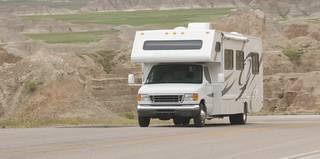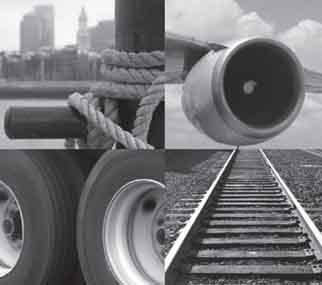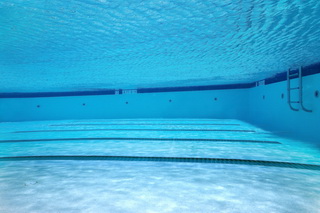There are many standards associated with operating a recreational vehicle (RV) that are necessary to ensure safe conditions. An RV is defined as a motorized or towable vehicle that combines transportation and living accommodations for travel, recreation or camping. The use of RV’s is growing. According to the Recreation Vehicle Industry Association (RVIA), RV shipments in August of 2012 were 10.5% ahead of the same month from the previous year. Motor homes grew the most, up 27.3% over the same month a year ago. With the dramatic increase in sales, RV accidents are also expected to increase.
Common causes of RV accidents may include reckless driving, being an untrained driver and possible failing to yield to traffic. RV’s pose similar crashworthiness issues that a typical car might but in greater complexity. If an RV can be driven on the highway, then it is considered a motor home that is regulated by the US Department of Transportation and the National Highway Traffic Safety Administration regardless of size. Typical requirements include taillights, turn signals, brake lights, side marker lights and reflectors on the rear and side of all trailers. Because RV “sizes” are unregulated by the federal government, each state establishes their own regulations regarding fifth-wheel campers and travel trailers.
There are many other dangers associated with RV’s that do not include actual driving and possible collision with another vehicle. RVIA maintains an inspection program to monitor individual compliance of the heating, plumbing, fire, and electrical systems. RV’s have numerous sources of possible fire hazard so vehicles must have precautions in place (fire-retardant materials). Members must be in compliance with the ANSI/NFPAS 1192 standard for the RV’s to be certified in meeting industry standards.
Accidents involving vehicles such as automobiles, trucks, tractor trailers, motorcycles and other motorized vehicles are becoming more complex due to advanced technology and higher speeds. To respond to this complexity, CED Technologies Inc. has created the Vehicle Crash Group (VCG) comprised of skilled engineers possessing specialized advanced training in areas such as low impact accidents, airbag deployment, injury assessment, pedestrian knockdowns, biomechanical engineering, operator actions and product defects. CED's Vehicle Crash Group utilizes specialized hardware and technology such as crash analysis software and simulation capabilities. Our team of engineering experts are fully trained and able to download data from Event Data Recorders in various types of vehicles.
Our clients rely on us to determine what caused the accident and the details involved. The VCG approach consists of a team of engineers, scientists and accident reconstructionists who analyze each accident as a team versus a single engineer. This procedure ensures that all aspects of a vehicular accident are explored. In cases that warrant detailed studies, CED is able to bring together experts with different backgrounds and expertise to fully analyze every aspect and detail of a complex accident. Please call 1.800.780.4221 to speak with one of our experts.






